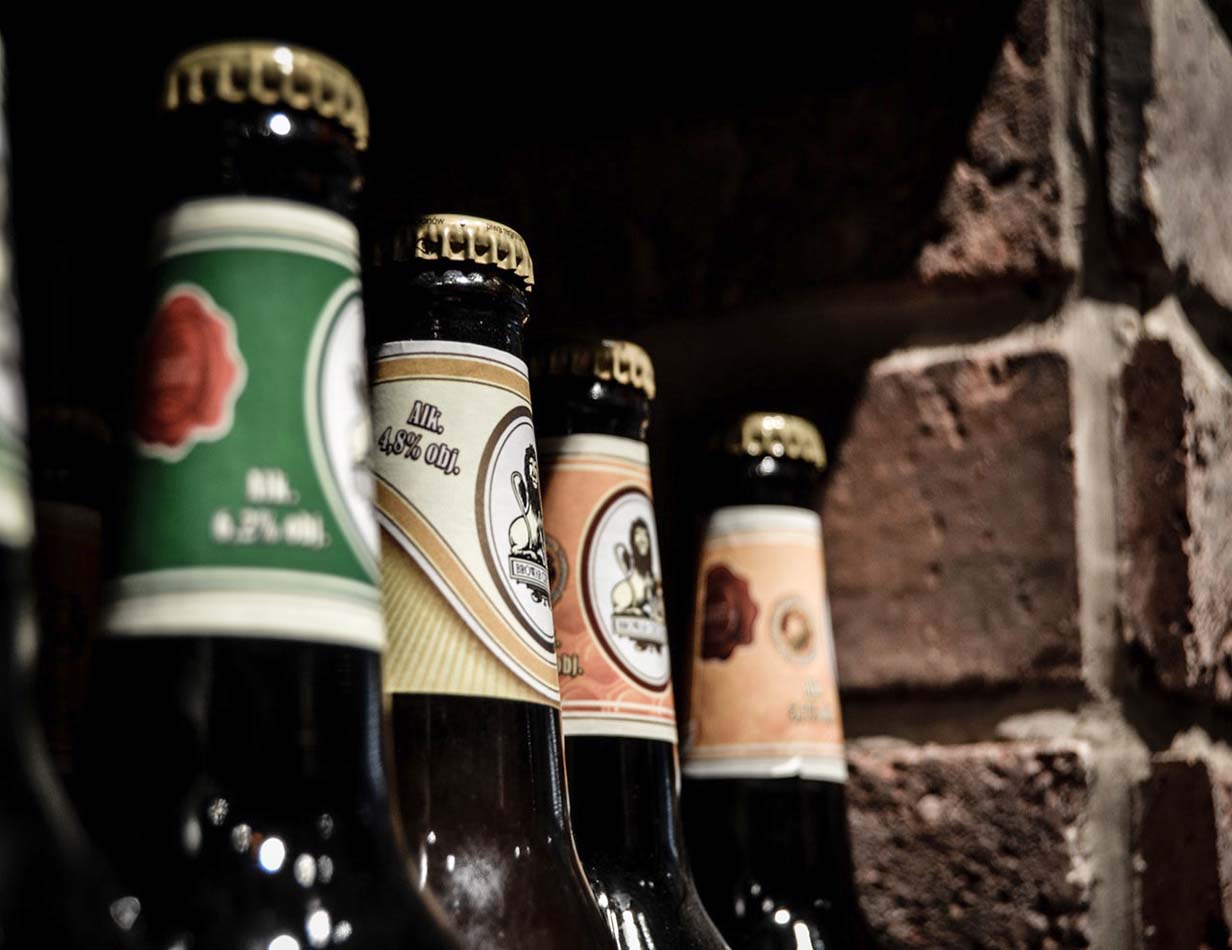In some social circles, beer suffers from a reputation as a slightly boorish and low-rent alternative to wine or a well-aged spirit. Whilst the simple pleasures of a frosty pint of lager in a beer garden will surely never be eradicated, the beer industry has enjoyed a real boom thanks to a recent surge in the microbrewery trade. More and more of these small, independent brewing houses are opening all over the world, offering a vast range of different beers, ales, stouts, porters and bitters that focus on unique tastes and high-quality ingredients over the mass production associated with many corporate giants.
To qualify for the title of a Microbrewery, a manufacturer must produce fewer than 15,000 barrels of the beverage in any calendar year; some even smaller establishments go by the title of Nanobrewery, or if a licensed premises creates their own house beer on-site they may be dubbed a Brewpub. Typically, the majority of these drinks are sold by the bottle once produced and dispatched to a licensed premises for sale, though smaller amounts are usually available by barrel or can (the latter is growing in popularity thanks to the smaller and biodegradable nature of the packaging).
The first microbrewery was founded in the UK, when Bill Urquhart created the Litchborough Brewery in 1974. The trend made its way to the USA in the 1980s, where it remains popular, while various European and Asian territories have leaped upon the bandwagon from the 1990s onward; Scandinavian countries such as Norway and Sweden have particularly embraced the art whole-heartedly, and continue to enjoy a thriving industry to this day.
In contemporary times the produce of microbreweries are typically referred to as craft beers, though much like wine and spirits, these drinks come in a variety of different categories. Many craft beers mix and match other ingredients and even drinks, combining the traditional taste of beer with rum, port, tequila or bourbon among other spirits, though one of the most popular styles of craft beer remains Pale Ale.
Pale Ale comes in a number of different tastes, depending on the ingredients used; the hop content is often the biggest differentiator. American Pale Ales, for example – also sometimes referred to as Amber Ale overseas due to the golden shade that the drink takes on – are significantly stronger and more bitter on the palate than a conventional pint of lager thanks to the substantial number of hops used. Most Pale Ales have an alcohol percentage of around 5-6%, similar to a premium-strength continental lager, but the taste priorities are very different. Blonde Beers are more prevalent in Europe, particularly France, Belgium, Germany and The Netherlands, and place a higher focus on sweetness and fruity overtones than bitterness. India Pale Ale, also known as IPA, is another popular strain. Though this drink originated in the UK for export to Asia, hence the name, it is now a hugely prevalent selection in the United States. IPAs enjoy a very particular taste, low in alcohol (typically 4% or below) but high in the use of hops during the brewing process.
Many microbreweries have also embraced stout. Best known all over the world as the global giant brand Guinness – which is every bit as much a part of African and West Indian culture as it is Irish – stout started life as the dark beer porter. Porter was a popular drink in 18th Century London, celebrated for its strong taste and the fact that it took significantly longer to spoil in the heat – ideal for publicans in an era before refrigeration and air conditioning. Stout was simply the most potent variation of porter hence the name, and became increasingly popular overseas. Nowadays, most bottled porters will accommodate hints of chocolate or caramel into the beer for something of a unique taste sensation.
So, where would you head if you were looking to visit some of the world’s most famous and celebrated microbreweries? The answer could involve a trip all over the world. Of course, the legendary Oktoberfest makes Munich a must-visit for anybody with an interest in beer, and while in Europe you can investigate such nearby locales as Bruges or Amsterdam that act as hotbeds of craft beer production – or head further east and enjoy all kinds of unique taste experiences in Prague. Should you wish to investigate what Asia has to offer then make a beeline for the Japanese capital city of Tokyo, which has rapidly become one of the most celebrated microbrewery locations in the world, or if you’re feeling adventurous give Bangkok a visit. Thailand has very stringent laws on the production of alcohol that make craft beers illegal, but this has not deterred a great many enterprising souls; guerilla pop-up microbreweries can be found on a great many streets.
It’s the USA that has steadily become the home of microbreweries, however. The Californian city of San Diego alone boasts over a hundred, in addition to offering several tasting tours, while the entire state of Vermont and towns such as Maine, Portland (and the nearby Eugene), Philadelphia, Denver and North Carolina’s Asheville – which has been dubbed the Greatest Beer City in the America – are all hugely popular with ale aficionados. Alternatively point your hire car south of the border. Puebla, a couple of hours drive from Mexico City, is a small town that prides itself on the number of microbreweries available to its residents and visitors.
More and more microbreweries are beginning to crop up all over the world as people begin to realise their dreams of starting their own businesses, and it may be cheaper than you think – it’s possible to obtain professional-standard starter kits for under €12,000 and a great many courses are available for aspiring brewers. In the meantime, take a trip to your closest brewpub (or even the shelves of a specialist retailer or supermarket) and take a relaxing and delicious trip around the world of craft beer without even leaving your hometown.

